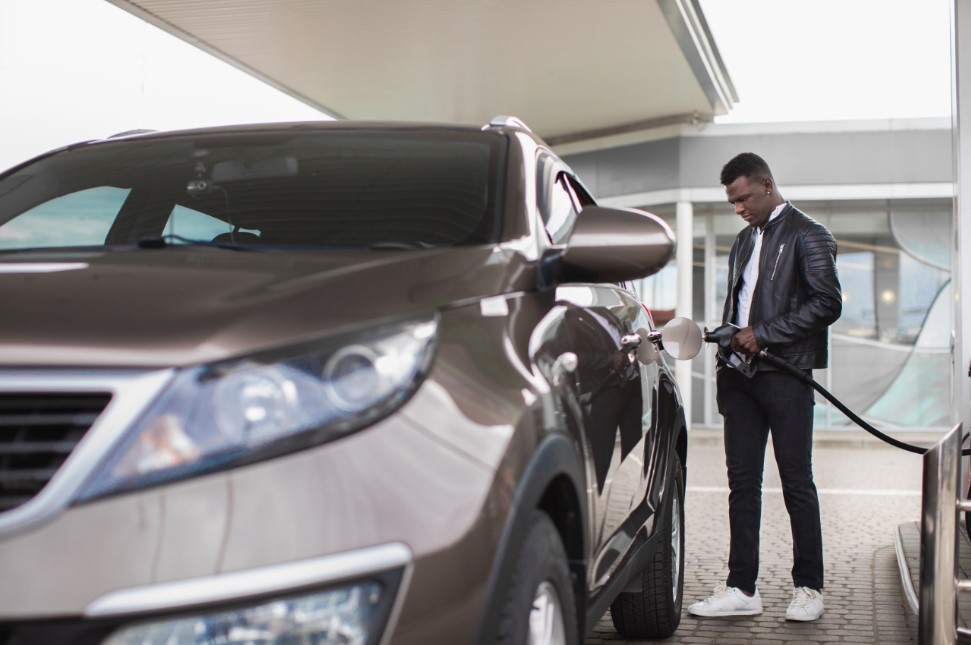
Understanding Car Differentials
Open Differential
An open differential splits the engine torque into two outputs, each of which is able to rotate at a different speed. The downside of this is when one tire loses traction, the opposing tire will also experience a torque reduction. These differentials can usually be found in vehicles like family sedans, and economy cars.
Locking Differential
With a locking differential, the connected wheels always spin at the same speed. The main downfall is that if the differential is locked on a high-grip surface like pavement, then turning the vehicle can be very difficult. Locking differentials can be found in Jeep Wranglers and most full-size trucks.
Limited-Slip Differential
Combining the concepts of open and locking differentials. Most of the time it functions as an open differential. Then it automatically locks when slipping occurs. The only issue with limited-slip differentials is that they only lock up after wheel slip has already occurred. The lock-up can be achieved one of three ways – a viscous fluid, a clutch park or a complex gear train. These can be found in sports vehicles like Nissan 370Z and the Mazda MX-5 Miata.
Torque-Vectoring Differential
Using additional gear trains, torque-vectoring differentials fine tune the torque delivered to each drive wheel. This means it can slow or quicken the car’s rotation in a corner. The main issue with torque-vectoring differentials is that they’re heavy, complex and aren’t that great on fuel economy. You can find this type of differential in the BMW X5 M or the Lexus RC F.
If you think you’re having a problem with your car’s differential or another part of the drivetrain, bring it in to Christian Brothers Automotive Alamo Heights in San Antonio, Texas. Contact us today to make an appointment and discover the nice difference.

[1].jpg)
Sunwash-Tech-with-Customer.jpg)




